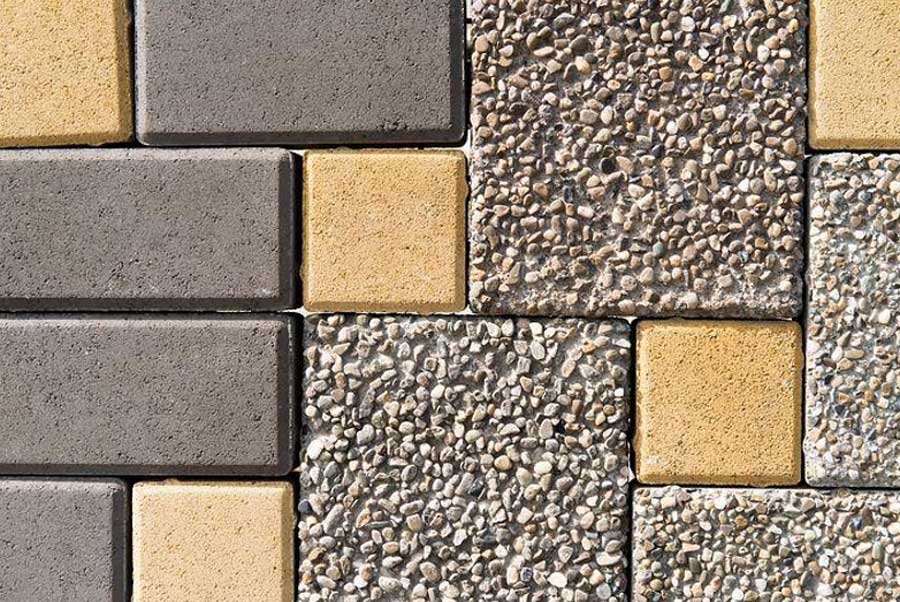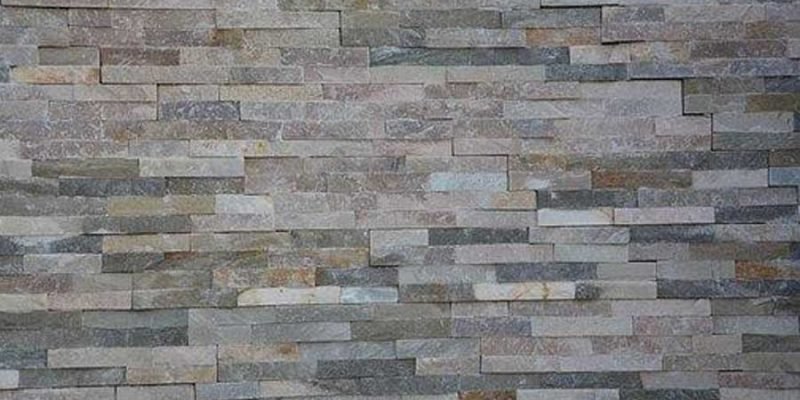Stone is a natural building material that has been used for centuries. There are two main types of Stone: stone veneer and Stone. A Stone veneer is a thin layer of Stone attached to a backing such as wood or concrete. On the other hand, the Stone is a thick layer of Stone used for walls, flooring, and ceilings. This blog post will explore the difference between a stone veneer and a Stone. We will also discuss the apparent contrast of each material.
Stone Veneer Is A Thin Layer While Stone Is Quarried And Shaped
A stone veneer is available in thin layers, making them easily attached to a structure’s exterior for decoration purposes. The stone veneer comes in three types; the faux Stone is manufactured to resemble a natural stone. The manufacturer is precise in enhancing the beauty and increased durability, making it identical to the original Stone. The other type is the Natural thin stone veneer cut from a genuine stone sourced from riverbeds, mountains, and quarries. The stone veneer gets cut into the one-inched thickness and polished to enhance its rusty natural look. The last type is full bed veneer that’s also sourced from a quarry, riverbed and mountainous rocks and cut into thicker sizes than the natural thin stone veneer. The stone veneer has a vital decoration, just like a custom cast stone though they are different.
Natural Stone is an organic rock that’s quarried from the ground in the form of a large rock. It gets cut and shaped into suitable sizes – thicker than the stone veneer. The cut, shaped, and polished natural Stone gets used for building or decoration purposes. The natural Stone varies from a piece in the shade, color, texture, veining, finish, and movement. The variations make the natural Stone unique and most preferred. Some popular natural stone types include Granite, Onyx, Serpentine, Marble, Quartzite, Sandstone, Soapstone, Limestone, Travertine, and Dolomitic Limestone. They are durable and can be used on the exterior and the interior depending on the user’s preference.

Stone Is Expensive Compared To Stone Veneer
Stone extraction requires machinery and heavy equipment to extract the cut and shape of the Stone to a consumable size and shape. The Stone is also thicker and bulkier than the stone veneer, making transportation quite expensive. The Stone can be installed for exterior decoration as well as interior decoration. The natural Stone can be used in structural uses since it has the needed thickness to hold extra weight, making it versatile. The Stone’s extraction, processing, transportation, and versatility are more costly than the stone veneer, making them more expensive.
The stone veneer is thinner than Stone, making it only string enough to hold its weight and very light to be used in structural uses. The uses are limited to a decoration on the exterior by being placed on an existing surface and flooring. Some of the stone veneers are manufactured; hence there is no extraction cost like stone extraction. Their thinner layer makes them light to carry, easing their transportation from one point to the other. The lightweight manufacturing process and limited versatility play a role in its lower pricing, making them affordable to many.

Veneer Is From Many Different Types Of Stones, While Stone Must Come From One Type Of Rock
The stone veneer is manufactured from different types of Stone, creating various colors and appearances for the buyer to choose from. The stone veneer may fade depending on the manufacturer, especially if the colors added were artificial.
On the other hand, the Stone is naturally excavated and cut into customer-friendly shapes from the base rocks. Some popular stones used include Granite, Onyx, Serpentine, Marble, Quartzite, Sandstone, Soapstone, Limestone, and Travertine. They are rich in color and pleasing appearance, making them ideal for indoors and outdoors.
Veneer Can Be Installed By A Professional, While A Mason Must install Stone
There is an elaborate procedure for installing stone veneer – and due to its lightweight nature, the stone veneer requires more care during cutting and installation. One should always ensure the wall is clean and dry before commencing the project. Exterior installation of stone veneer requires one to avoid conducting the installation during hot weather as it may be uncomfortable due to the scorching heat. In wet climates, the stone veneer may not adhere well. For the interior, any time is okay.
The stone installation is relatively easy and direct that it doesn’t require much professionalism where a masonry can complete the installation. There are two methods of installation involved; the wet and the dry method of installation of natural Stone. Under the wet installation, the masonry has the option of either direct Adhesion or the Spot Bonding. The dry process of installation is influenced by the stone weight, the installation design, the cavity size, and the wall surface strength.
In Conclusion:
If you’re considering using stone veneer on your next home improvement project, keep the pros and cons in mind. Stone is a natural material that is quarried and cut into blocks or slabs, so it’s more expensive than veneer. However, Stone can be used for interior and exterior applications, while veneer must be used only for exterior projects. A professional can also install a veneer, while a mason must install a Stone.














Comments